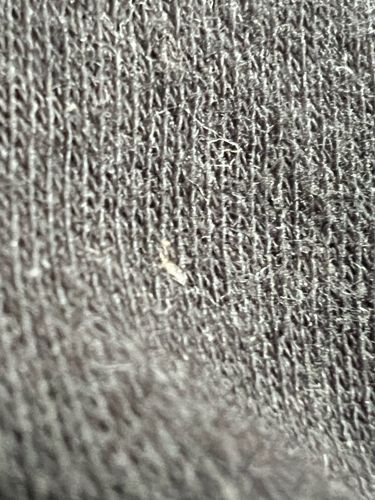Louse
Scientific Name: Phthiraptera (Order)
Order & Family: Order: Phthiraptera
Size: 0.5 mm to 8 mm (typically)

Natural Habitat
On the bodies of mammals and birds, primarily in hair or feathers.
Diet & Feeding
Depending on the species, lice feed on blood (sucking lice), skin, feathers, or sebaceous secretions (chewing lice).
Behavior Patterns
Lice are obligate parasites, meaning they cannot survive long off their host. They often spend their entire life cycle on a single host. They can move around on the host's body and lay eggs (nits) which are cemented to hair or feathers.
Risks & Benefits
Risks: Can cause intense itching, skin irritation, and transmit diseases (though human head lice are not primary vectors of serious disease). In severe infestations, can lead to anemia. Benefits: No known direct benefits to humans or ecosystems, they are typically considered pests.
Identified on: 10/7/2025